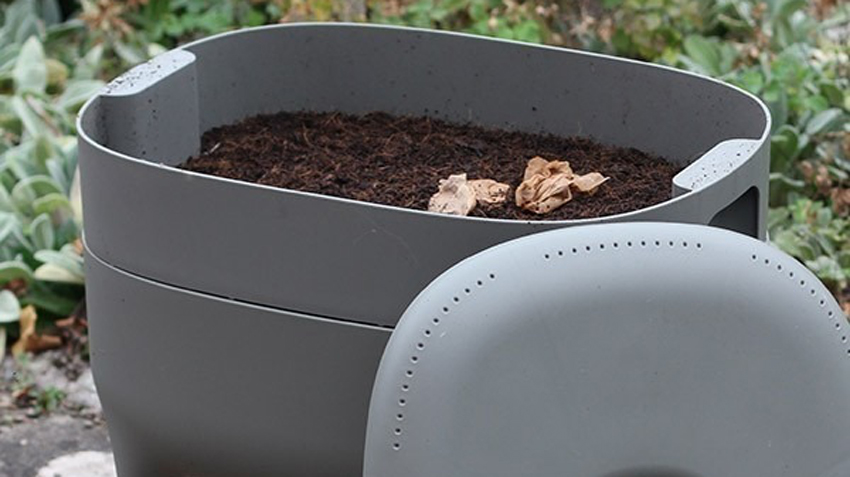Worms have a wonderful way of composting kitchen waste. They are brilliant at it! Our friends at Wiggly Wigglers have a few wise words when it comes to working with wormeries, and very kindly they’ve shared them with us this week!
Composting with worms is called vermicomposting and using a wormery is perfect for dealing with all of your kitchen waste. This includes cooked food scraps, veg peelings, tea leaves, coffee grounds, bread, pasta and rice. You can also add vacuum cleaner dust, hair, wool, cotton and egg shells.
Never add dog or cat faeces to your wormery as these contain pathogens. However, manure from your vegetarian pets, such as rabbits and guinea pigs can be added to your kitchen waste to make great compost.
Onions and citrus fruits increase acidity so you should avoid adding these to your wormery. High acidity levels will kill composting worms and adding anti-acid lime mix will help to keep a healthy balance.
Remember to add plenty of cardboard and paper (25-30% of everything you add to your wormery). It provides fibre for your composting worms and it’s a great way of getting rid of shredded paper (plus you won’t need to worry about identity theft from putting your bank statement in the bin!)
Moisture mats should be placed on the top of the freshest waste in your wormery. Wormsbreathe through their skin, which needs to be moist to enable an exchange of air.
Significant improvements in the health of your composting worms can be achieved by adding Bokashi waste to your wormery. Introduce Bokashi waste gradually and build up over a period of time.
Where should wormeries be kept? In the summer a shady spot is best and in winter a garage, shed or greenhouse is perfect. If you have limited space a balcony, porch or yard are ideal as healthy wormeries don’t smell.

